TRAVEL
Temples, dragon boats and fireworks in Chinese Nagasaki
BY ALON ADIKA
SPECIAL TO THE JAPAN TIMES
There was a time when the journey from East China to Nagasaki was a long and treacherous one across an unpredictable sea. Once a ship entered the verdant hill-sheltered bay that led to the city, the passengers thanked the gods for their safe arrival. After anchoring in the harbor, a procession accompanied by drums and gongs would make its way through the town carrying the ship’s most important passenger: an image of Mazu, the Chinese goddess of the sea (known in Japan as Maso), without whom a safe voyage would have been impossible.
These days, spectators line the streets to watch a reenactment of this ritual performed every year during Nagasaki’s colorful Chinese New Year festivities, reinforcing the strong link between the city and its early Chinese residents.
Nagasaki is celebrated as the meeting place between Japan and the West. In the 16th century, Portuguese Jesuits gained permission to develop a small fishing hamlet in Western Kyushu into the port town we now know as Nagasaki. Later, the fan-shaped island of Dejima was constructed to confine first the Portuguese and, after their expulsion, the Dutch. In the 19th century, Westerners once more flocked to the city when Nagasaki was one of the first ports to reopen to foreigners. On Aug. 9, 1945, Nagasaki was again to meet the West, but this time in its most destructive form: the atomic bomb.
Nagasaki’s Western connection is only part of its story. However, it has been so emphasized that it often overshadows the influence of the Chinese. It is said that at its peak in the 17th century, the Chinese community counted nearly 10,000 residents, about one-sixth of the city’s population. Furthermore, records show that in 1688, nearly 200 Chinese vessels sailed into Nagasaki Bay: an extraordinary number compared with the handful of Dutch ships that arrived each year.
During a visit last summer, I had a chance to explore the Chinese face of the city.
What better place to start than in Shinchi, one of Japan’s three great Chinatowns. A Chinese gate with an orange-tiled roof marks the entrance in gold characters. The pedestrian mall is lined with numerous restaurants with plastic models on display of chanpon and sara udon, Chinese noodle dishes that have become Nagasaki specialties. Shopkeepers were busy setting up their signs and outdoor stalls. A few people were strolling about, browsing the souvenir shops and sampling steamed buns and sweet sesame-covered dumplings.
I stopped to ask a shopkeeper if she could point me in the direction of any sites connected with the history of the Chinese in Nagasaki. She called out to someone inside the shop and after a brief exchange, suggested the Confucius Shrine.
Chinese residents established the shrine in 1893, making it a relative newcomer to the city. I had visited it a number of years before, and even though its red halls and sweeping roofs are worth a mention, I wanted to find some earlier trace of the Chinese presence in the city, so I took a look at the map I had in my pocket.
The map showed that not far from Shinchi is the site of the former Chinese settlement. In 1689, the government confined Chinese traders to a segregated compound. Up until then, they had been free to settle wherever they wished, a freedom that the Western foreigners had lost nearly half a century before when they were confined to Dejima.
A recent stone marker by a parking lot informed me that I had arrived. Surrounding me was a modern city block. I wondered if, apart from its memory, perhaps nothing had remained of the old settlement. A nearby sign outlining its boundaries proved me wrong.
On the western side, a small river flows on the bed of the moat that once encompassed the compound. The surrounding walls and the wooden buildings are long gone, but a few small Chinese shrines, some with roots stretching back to the time of the settlement, stand in memorial to this vanished place. Adjacent to one of these shrines is a small exhibition room that relates the story of the settlement and its inhabitants.
Later at the bay, cheers filled the air as narrow wooden boats raced against each other. The nearly 30 rowers in each boat synchronized their rowing to the sounds of a drum and gong, making the peiron dragon boats come alive with furious activity. In the 17th century, Chinese residents began boat racing as a way to placate the sea gods. The custom caught on and is now part of the annual Nagasaki summer festival.
Almost as soon as the Chinese began to settle in the city, they naturally began to establish temples. The establishment and patronage of these temples during the severe persecution of Christianity proved that the community’s allegiance was indeed to the Buddhist faith.
To reach the oldest Chinese temple, Kofukuji, I had to cross the Nakashima River. I chose the dark stone Meganebashi, or Spectacles Bridge, with its double arch, which when reflected in the river gives the appearance of eyeglasses. This beloved bridge, the oldest of its kind in Japan, also owes its gratitude to the Chinese as it was the second Chinese abbot of Kofukuji who oversaw its construction in 1634.
The roots of Kofukuji go back to 1620 when a Chinese priest erected a shrine to pray for safety during the perilous voyage to and from the city. When the famous Zen master Ingen arrived from China to become its head abbot in 1654, he would have found a large and thriving center of Zen Buddhism.
Today, a grand gate leads into the modest temple grounds. Scattered around the complex are a number of reminders of the old Chinese community. Next to the Chinese-style main hall stands Maso Hall, where images of the goddess were installed when Chinese ships arrived at the city. In front of this hall stands a lonely gate from the former Chinese settlement that was moved here for preservation.
Ingen introduced the last school of Buddhism to enter Japan from China, the Obaku School. His fame spread far beyond Nagasaki and gained the attention of the retired emperor, Go-Mizunoo, and the fourth Tokugawa shogun, Ietsuna, who awarded him land in Uji — near Kyoto — to found a headquarters for the new sect, which grew in popularity and influenced many areas of Japanese culture, including calligraphy, painting, architecture and tea.
As the sun began to move closer to the horizon, I rode the elevator leading up the hill to Glover Garden, an open-air museum of 19th-century Western homes from the old foreign settlement. I was looking for a good vantage point from which to view the bay below. The veranda on the second floor of the 1896 Mitsubishi No. 2 dock house offered the best view, so I stood and waited for the show to begin. Before long, the flowers of fire began to explode with thunderous bangs lighting up the night sky. I took a sip of oolong tea and enjoyed the colorful show made possible by yet another Chinese import: fireworks.
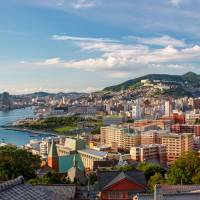
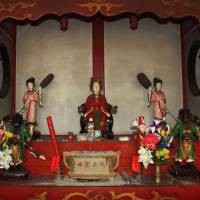
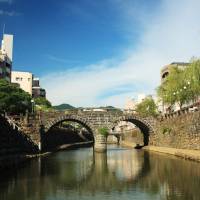
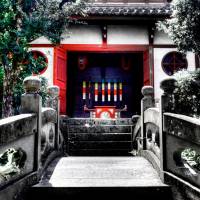




5 IMAGES AVAILABLE
Nagasaki is a two-ho
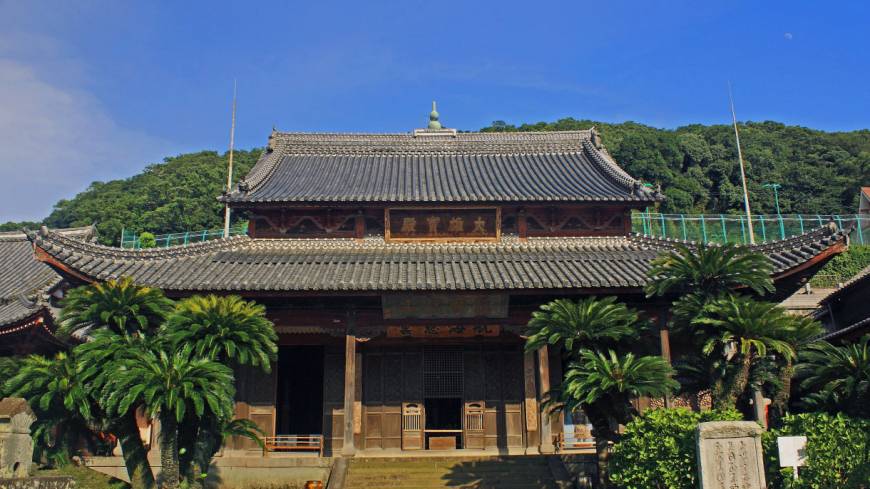
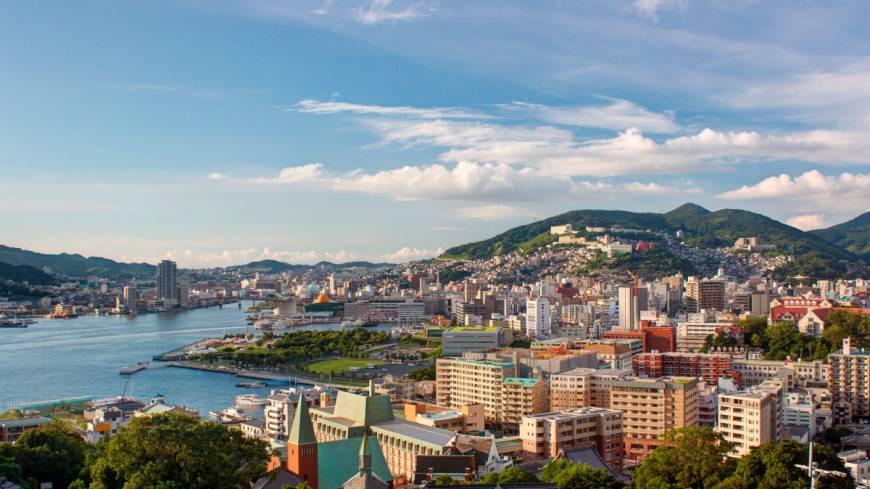
airbrush makeup artist in gurgaon
ReplyDeleteBest Bridal Makeup Artists in Delhi Gurgaon
Beauty Makeup Artist in Gurgaon
Engagement Professional Makeup Artist in Delhi Gurgaon
Best Airbrush Makeup Artist in Gurgaon
Top Mehndi Makeup Artist in Gurgaon
makeup artist in gurgaon
hd makeup artist in gurgaon
best makeup studio in gurgaon